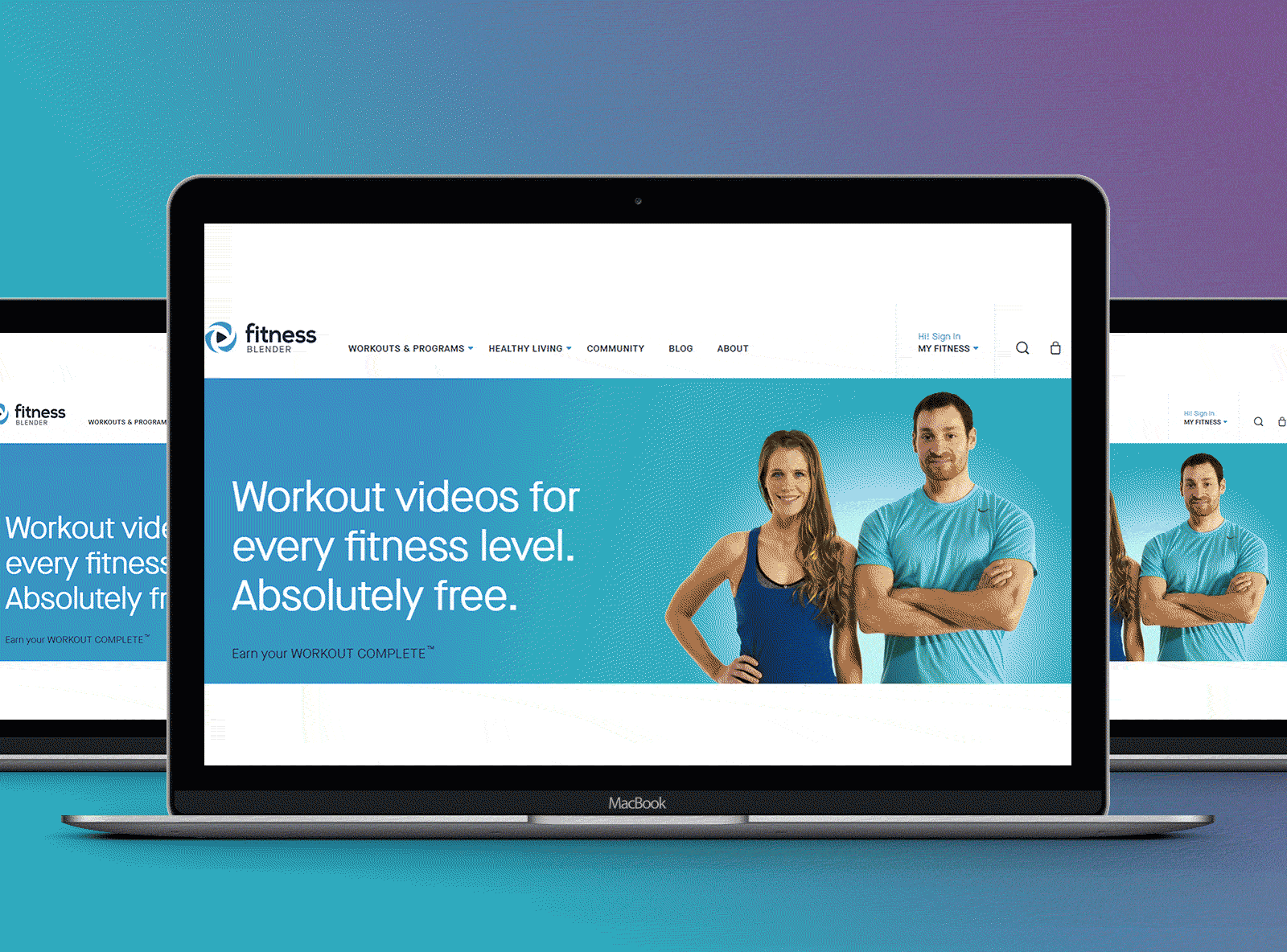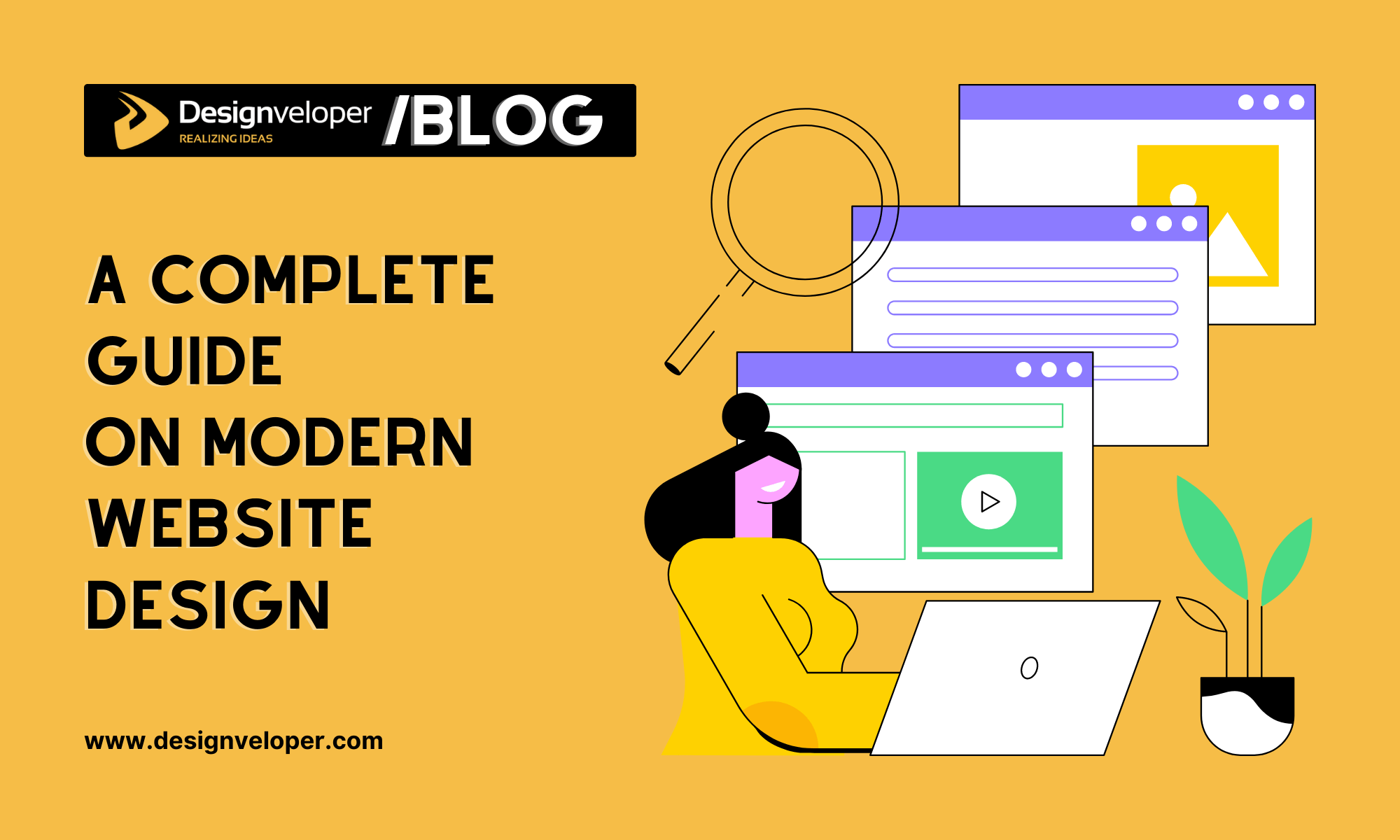Website Design in copyright: Building Mobile-Friendly Websites for Modern Audiences
Website Design in copyright: Building Mobile-Friendly Websites for Modern Audiences
Blog Article
Essential Tips for Crafting High-Impact Website Styles
In the realm of electronic marketing, the style of a website acts as a critical touchpoint for engaging potential clients. To produce high-impact web site designs, one should think about crucial aspects such as audience understanding, user experience, and visual hierarchy. Each of these elements plays a pivotal function in not only bring in site visitors however likewise in facilitating meaningful interactions. Yet, the interplay in between these elements can be nuanced and complex, increasing the concern of exactly how to efficiently stabilize them to attain optimum outcomes. Discovering these approaches can cause transformative outcomes for your on-line existence.
Understand Your Target Market
Recognizing your target market is basic to reliable website style. A web site that reverberates with its site visitors is typically the outcome of comprehensive research study and insights right into customer behaviors, choices, and demographics. Determining target users allows developers to customize material, visuals, and capabilities that satisfy their particular demands, improving interaction and contentment.
To properly recognize your audience, start by performing demographic analyses to gather information on age, gender, area, and rate of interests. This info works as a foundation for creating customer personalities, which stand for the essential characteristics of your target audience. These personas overview decision-making in style elements and material approach, guaranteeing alignment with individual expectations.
Additionally, examining customer behavior via devices like Google Analytics can expose exactly how site visitors connect with your website. Metrics such as bounce rates and time on page can highlight areas that need enhancement or modification. Customer surveys and responses likewise give important understandings into choices and discomfort points.
Ultimately, a deep understanding of your target market is not simply useful yet vital. It empowers designers to create more pertinent, enticing, and functional sites that foster a positive user experience and drive desired end results.
Prioritize User Experience
When creating a website, focusing on user experience (UX) is extremely important to achieving both user satisfaction and organization objectives. A well-crafted UX ensures that visitors can navigate the website easily, locate the details they need, and engage with material properly. To accomplish this, it is critical to adopt a user-centered layout strategy that entails understanding user requires, preferences, and habits.
Beginning by carrying out extensive research study, consisting of user studies and usability testing, to gather insights into how users communicate with your website. This information must inform design decisions, making certain that attributes and formats align with customer expectations. Structured navigating is necessary; site visitors ought to have the ability to locate info quickly without unneeded clicks or confusion.

Finally, make sure that your website is obtainable to all customers, consisting of those with impairments. Sticking to ease of access requirements not only widens your audience but additionally cultivates inclusivity. By prioritizing UX, you lay the foundation for an effective internet site that satisfies both individual needs and business goals.
Embrace Visual Hierarchy
A well-structured visual pecking order plays a significant role in boosting customer experience by directing site visitors' interest to the most important elements of an internet site. By purposefully arranging material, developers can create a clear path for users to follow, ensuring they involve with important info successfully.

Additionally, the placement of aspects on the page is critical. Leading the viewer's stare via the format can be accomplished by placing crucial info on top or in the facility, where users commonly begin their visual journey. Incorporating whitespace around aspects can likewise enhance clarity, making it easier for users to refine details without feeling overwhelmed.
Last but not least, utilizing typography properly adds to visual power structure. Various typeface weights, sizes, and styles can signify value, assisting users through the web content effortlessly. By welcoming these concepts, developers can create an instinctive experience that promotes involvement and urges users to explore additionally.
Optimize for Mobile
Mobile optimization is important in today's electronic landscape, as a substantial part of internet traffic comes from mobile gadgets. To guarantee a seamless customer experience, sites need to be created with mobile individuals in mind. This entails using receptive website design strategies that adjust the format, photos, and text to fit different display dimensions while preserving functionality and aesthetic appeals.
First, prioritize packing speed, as mobile customers commonly operate slower networks. Lessen and maximize photos code to boost efficiency. Furthermore, navigation should be user-friendly; consider implementing a streamlined menu that allows easy access to essential web pages without overwhelming users.
Touch targets, such as buttons and web links, must be properly sized, ensuring they are conveniently tappable without mistakes. In addition, guarantee that forms are mobile-friendly by lessening input fields and using dropdowns where applicable, simplifying the customer experience.
Finally, examination your internet site across various mobile phones and browsers to identify any kind of issues that might impact functionality. By focusing on mobile optimization, you not only enhance individual complete satisfaction yet likewise favorably influence your site's internet search engine ranking, therefore drawing in more site visitors and enhancing overall interaction.
Implement Strong Branding
A well-defined brand not only separates you from rivals however also cultivates trust and commitment amongst your target market. This identification must be shown regularly across all electronic touchpoints, including your site, social media, and e-mail interactions.
Aesthetic aspects such as logos, color pattern, and typography play browse around this site an important duty in branding. Choose a color scheme that reverberates with your target audience and reflects your brand name individuality. Guarantee that your logo design is flexible and plainly shown on your web site, enhancing brand look at these guys recognition.
Web content is equally crucial; your tone of voice should align with your brand name identification, whether it's specialist, friendly, or authoritative. Involving storytelling can additionally strengthen your brand, producing an emotional link with customers.
Final Thought
In final thought, crafting high-impact site styles demands a diverse strategy that includes understanding the target market, focusing on user experience, and accepting visual pecking order. By integrating these components, websites can successfully involve individuals, facilitate smooth navigating, and foster emotional connections that enhance brand identity.
To develop high-impact internet site layouts, one need to take into consideration important aspects such as audience understanding, individual experience, and visual pecking order.When developing a site, focusing on individual experience (UX) is critical to attaining both user contentment and organization goals.Begin by carrying out comprehensive research study, including customer studies and usability testing, to collect insights right into how users engage with your site. To make certain a seamless individual experience, web sites have to be developed with mobile customers in mind.In verdict, crafting high-impact site styles requires a multifaceted approach that includes comprehending the audience, Discover More Here focusing on user experience, and accepting aesthetic power structure.
Report this page